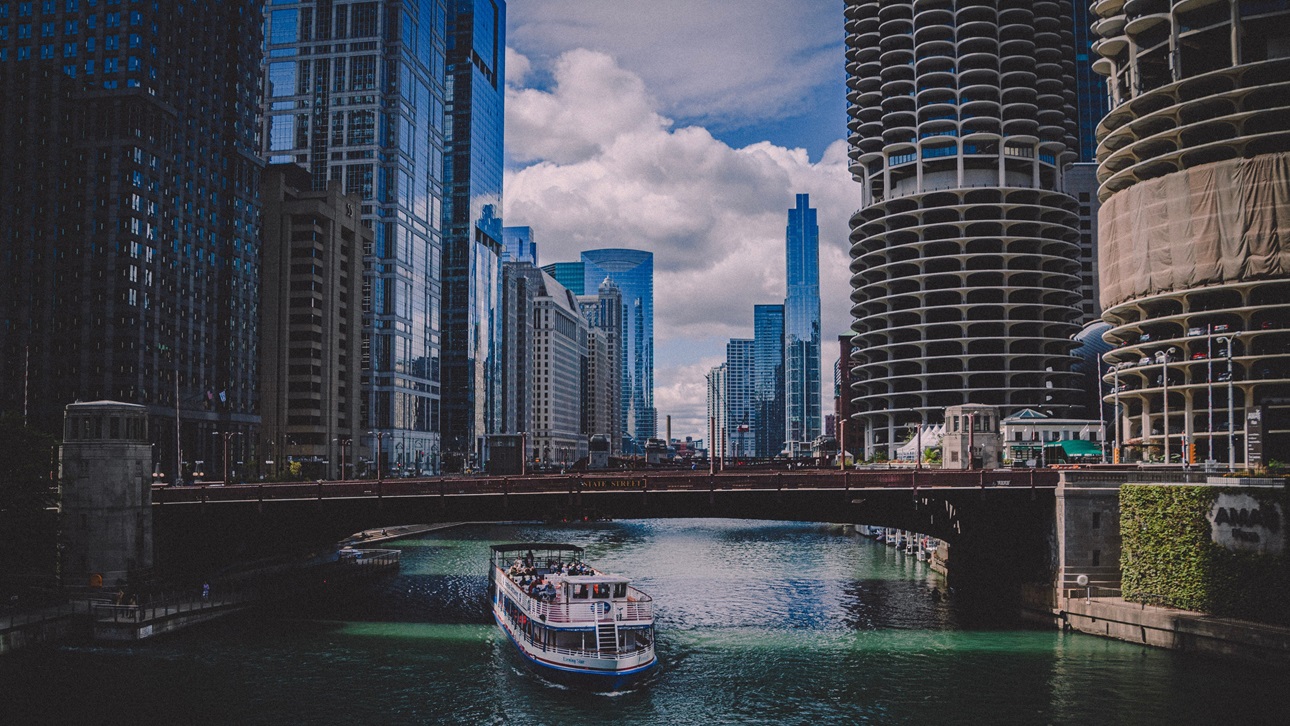Prioritizing Effective Infrastructure-Led Development

A ULI Infrastructure Framework
Infrastructure, land use, and real estate development are intrinsically linked. Over the coming years, U.S. communities face many challenges that will be difficult to manage, including a lack of housing affordability, entrenched inequities in the built environment, and a changing climate. These issues are compounded by the combined challenge of maintaining current infrastructure while needing to invest in forward-looking infrastructure. As the United States prepares to make the largest infrastructure investment in a generation, an opportunity exists for ULI members and key partners to identify and promote more equitable and resilient infrastructure investments that create both long-term real estate and community value. Lessons can be learned from global infrastructure investment approaches.
The framework for focusing ULI’s infrastructure work, grounded in identified ULI member global infrastructure priorities and other Curtis Infrastructure Initiative–supported work, includes the following:
- We need restorative infrastructure investment that increases equity and sustainability.
- We need to invest in public transportation and mobility.
- We need infrastructure that helps us combat the global threat of climate change.
- We need to connect everyone to affordable and high-quality internet.
- We need supportive infrastructure investment that increases housing attainability.
This framework must be viewed through the lens that continuing inequities in the United States and around the globe threaten our social and economic foundations, especially because infrastructure serves as the organizational framework for building community and place. Now is the time to prioritize effective infrastructure-led development that builds long-term real estate and community value through a holistic and integrated approach instead of disconnected investments.
Report Summary: Infrastructure, land use, and real estate development are intrinsically linked. Over the coming years, U.S. communities face many challenges that will be difficult to manage, including a lack of housing affordability, entrenched inequities in the built environment, and a changing climate. These issues are compounded by the combined challenge of maintaining current infrastructure while needing to invest in forward-looking infrastructure. As the United States prepares to make the largest infrastructure investment in a generation, an opportunity exists for ULI members and key partners to identify and promote more equitable and resilient infrastructure investments that create both long-term real estate and community value. Lessons can be learned from global infrastructure investment approaches.
The framework for focusing ULI’s infrastructure work, grounded in identified ULI member global infrastructure priorities and other Curtis Infrastructure Initiative–supported work, includes the following:
- We need restorative infrastructure investment that increases equity and sustainability.
- We need to invest in public transportation and mobility.
- We need infrastructure that helps us combat the global threat of climate change.
- We need to connect everyone to affordable and high-quality internet.
- We need supportive infrastructure investment that increases housing attainability.
This framework must be viewed through the lens that continuing inequities in the United States and around the globe threaten our social and economic foundations, especially because infrastructure serves as the organizational framework for building community and place. Now is the time to prioritize effective infrastructure-led development that builds long-term real estate and community value through a holistic and integrated approach instead of disconnected investments.


